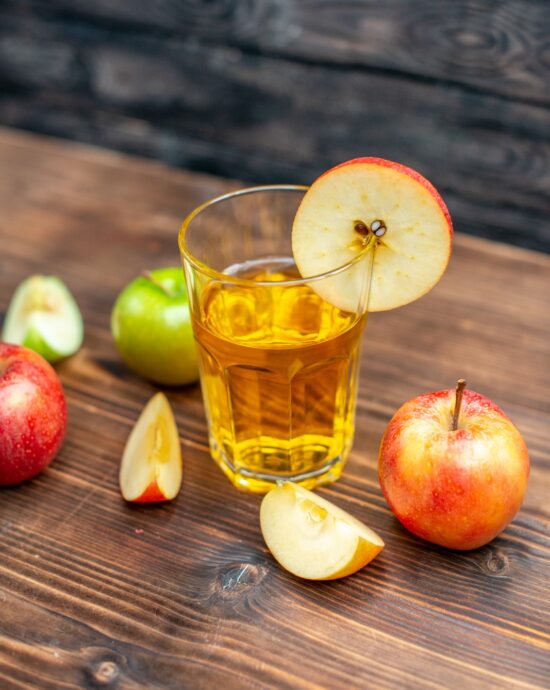Directions
- Prep the Fruit
Wash apples and cut into quarters (no need to peel or core). Slice the orange if using.
- Simmer the Cider
In a large pot, combine apples, orange slices, spices, ginger, and water. Bring to a boil, then reduce heat and simmer uncovered for 1 hour.
- Mash and Simmer Again
Use a potato masher to crush the softened fruit. Simmer for another 30 minutes to deepen flavor.
- Strain and Sweeten
Carefully strain through a fine mesh sieve or cheesecloth into a clean pot. Stir in brown sugar while warm.
- Serve Warm or Chill
Enjoy immediately as a warm drink, or refrigerate and serve chilled over ice.
Nutritions
- Calories:120 kcal
- Carbohydrates:30 g
- Sugars:25 g
- Fiber:2 g
- Vitamin C:10% DV%
- Potassium:6% DV%
- Fat:g
















